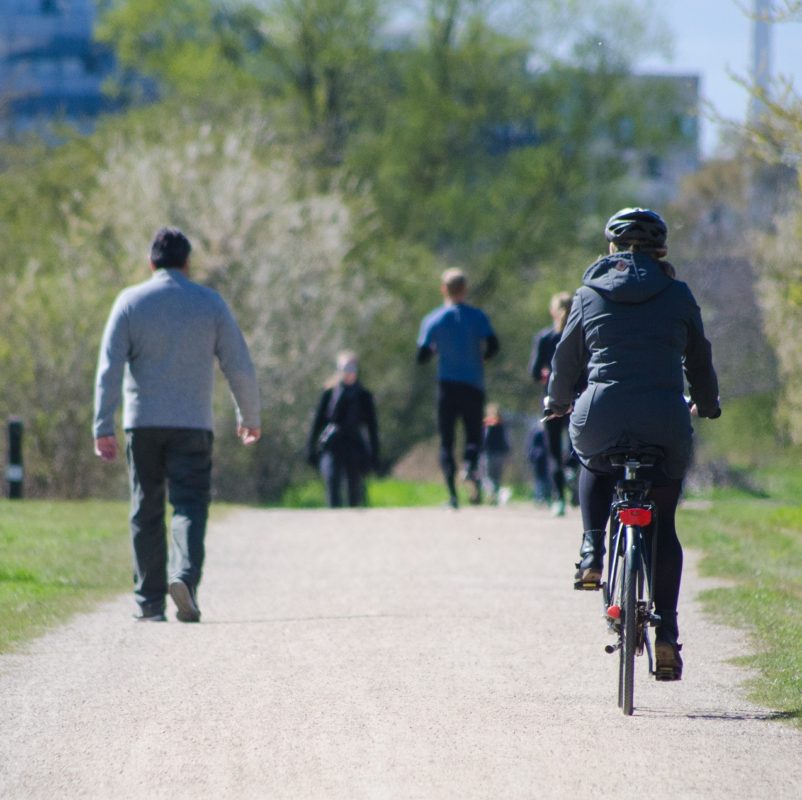A new study suggests that the quality of urban green spaces plays a fundamental role in their use and in their potential health effects, such as promoting physical activity and reducing the risk of overweight and obesity among citizens. The study is signed by Pablo Knobel, PhD from ICTA-UAB in collaboration with the Forest Sciences Centre of Catalonia (CTFC) and ISGlobal and is published in the scientific journal Environmental Pollution.
The paper evaluates how health is affected by up to 10 different indicators of the green spaces quality, such as environment, access, existing facilities, services, aesthetics and biodiversity, among others. The study is based on the responses of more than 2,000 adult participants in the Barcelona Health Survey (2016) and the evaluation of 149 urban green spaces located in the city of Barcelona.
The relevance of this article lies in the fact that the existing literature assessing the relationship between the quality of green spaces and certain aspects of health is still very scarce. “It is not enough to say that green spaces are beneficial, it is necessary to know which characteristics are relevant to have an impact on human health,” explains Dr. Pablo Knobel, lead author of the article and member of the CTFC’s Environment and Human Health Lab (EH2 Lab).
“For example, the results of the study show that if a space has a well-maintained environment and amenities, citizens are more likely to engage in moderate or vigorous physical activity. On the other hand, if we look at the aesthetics or safety of the space, we will see that these are indicators of greater use,” adds Knobel.
Bird biodiversity is associated with all of the benefits
Although the study concludes that different indicators of quality are associated with different health effects, bird biodiversity appears to be relevant to all the outcomes assessed: use of space, physical activity and overweight.
According to the research team, these effects could be attributed, on the one hand, to the direct effects that the presence of birds can produce by creating a soundscape with beneficial effects on health. On the other hand, a richness in bird species may be indirectly related to air quality or plant biodiversity, which may also have beneficial effects.
The results of this study will support decision-making on the design, implementation, improvement and maintenance of urban green spaces. Their application could increase their use and maximize their potential to promote physical activity and reduce the risk of overweight and obesity among citizens.
More information in: Knobel P, Maneja R, Bartoll X, Alonso L, Bauwelinck M, Valentin A, Zijlema W, Borrell C, Nieuwenhuijsen M, Dadvand P. Quality of urban green spaces influences residents’ use of these spaces, physical activity, and overweight/obesity. Environ Pollut. 2020 Dec 29;271:116393. doi: 10.1016/j.envpol.2020.116393.
Last modified: 2 February 2021










